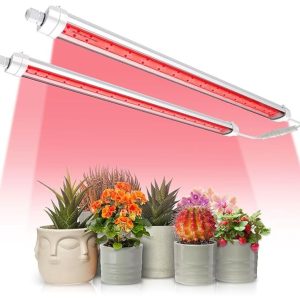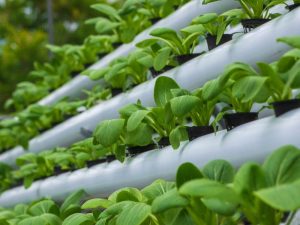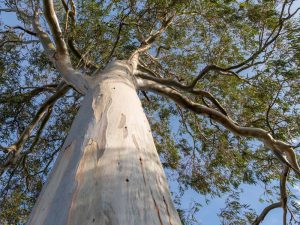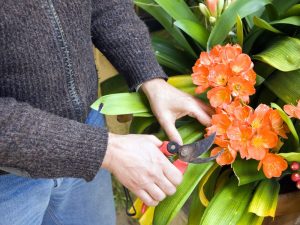Last Updated on February 7, 2025 by teamobn
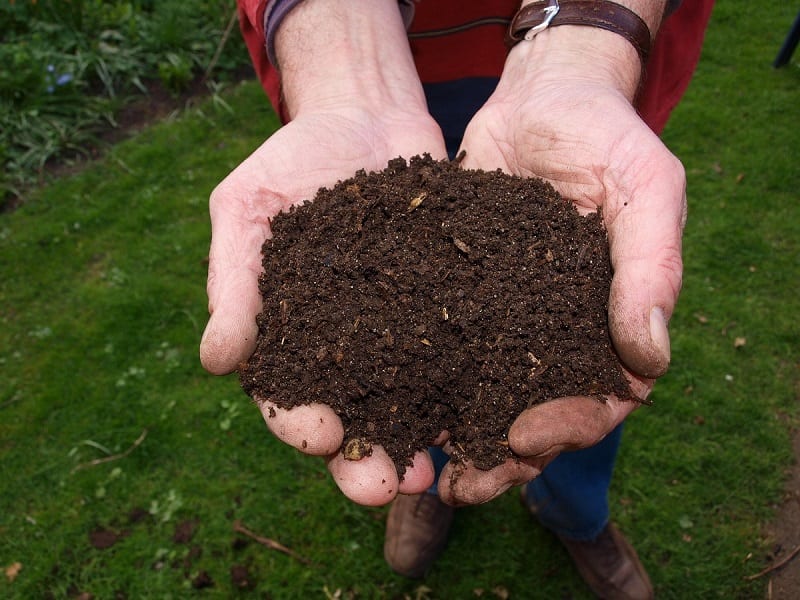
Many people think composting is difficult, time-consuming, and labor intensive. They dismiss making their own compost as needless tedium and buy or have some delivered to their homes, instead. That’s one way to go, sure, but making your own compost isn’t nearly as difficult – or as time-consuming – as many might think.
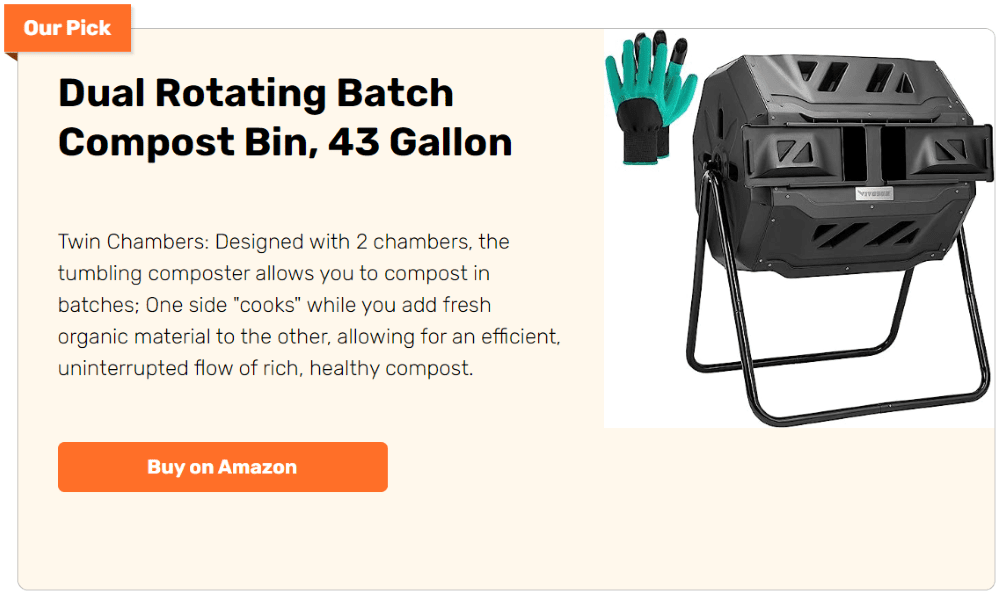
Believe it or not, the process can sometimes take as little as three months. Some work is involved, yes – but so does care for your garden. And one of the first things you learn about gardening is that some things are simply worth the effort.
How to Do Home Composting
Contents
In fact, making your own compost is actually easier than some seem to believe. True, you’ll need some equipment, but the most important components of compost are free. If you have a garden, then your home will undoubtedly have kitchen and garden scraps, weeds, some brown material, and water, after all.
Below are the basics of making good compost in your backyard.
Selecting a Container
The first thing you’ll need to consider is a container. Since you’ll be dealing with decomposing organic material, the structure doesn’t need to be fancy.
You can build your own bin or buy a stationary or rotating compost bin. Simply put, you just need a receptacle or enclosure to hold all of the ingredients together.
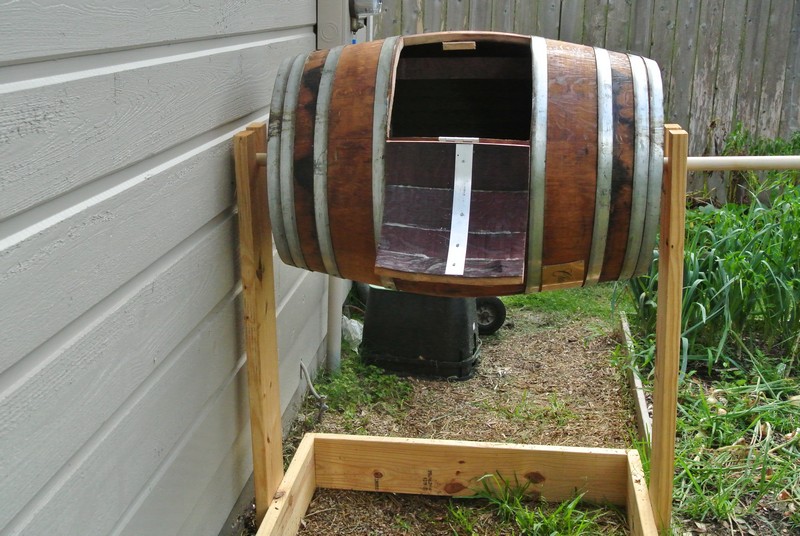
Organic Materials and Ratio
Composting is a science. The procedure and the work involved are all directed toward allowing nature to do what it does best. Basically, you want a moist pile of a little nitrogenous material (green) mixed with an abundance of carbonaceous material (brown).
Brown organic materials are usually dry and fluffy – like hay or straw, wood chips, leaves, and newspapers. Green materials contain more moisture. These include things like kitchen scraps, lawn clippings, weeds, kelp, manure, and such.
Now everything you throw into your compost bin will have a combination of both nitrogen and carbon. But you don’t need laboratory equipment to measure the right ratio. A good, simple way to arrive at the desired equilibrium is to use two buckets of loose green material for every bucket of packed brown material.
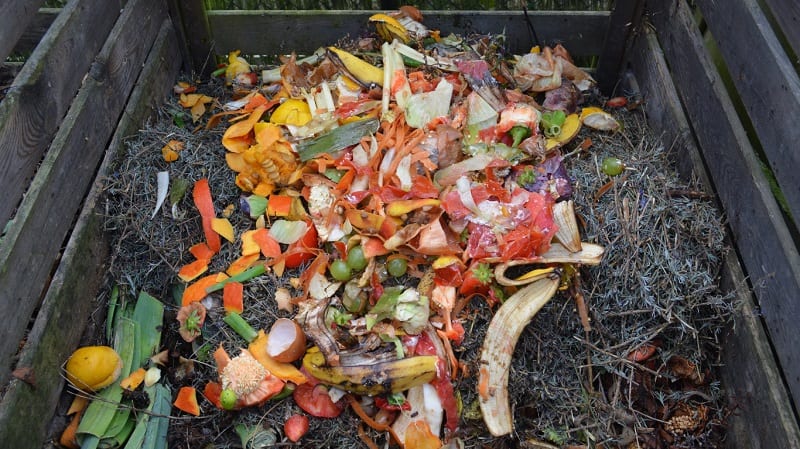
The Ratios Explained
Compost restores valuable nutrients to the soil to help maintain soil quality and fertility. The aged, decayed material is a mild, slow-release, natural fertilizer. The microorganisms and bacteria in your pile do the work for you, triggering chemical changes in the material.
The reason we want more carbon and a little less nitrogen in the heap is that carbon is what gives beneficial bacteria their energy. Nitrogen, on the other hand, gives them the proteins and other nutrients they need to thrive.
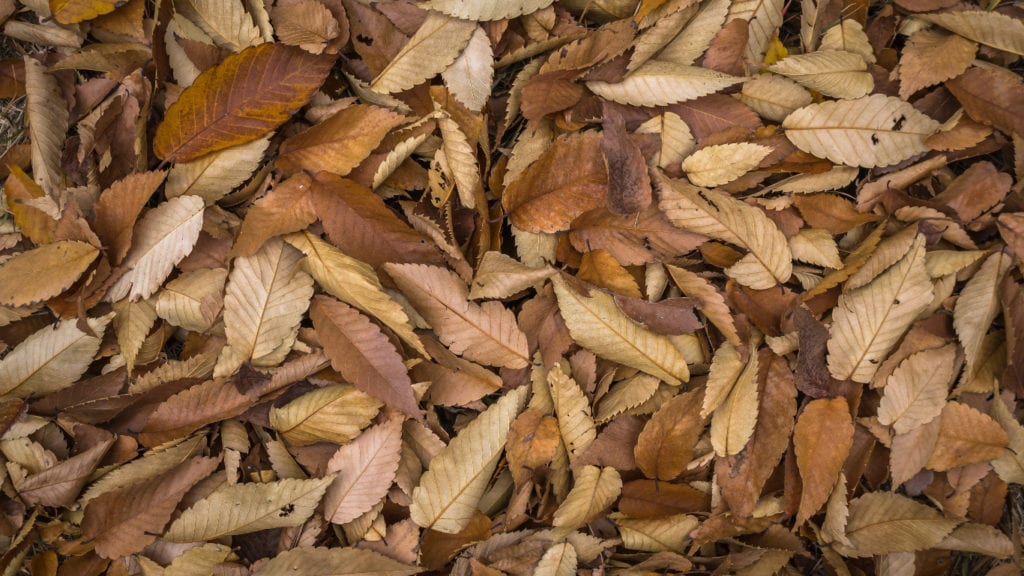
Maintaining Adequate Moisture and Oxygen
You want to make sure the pile is adequately moist at all times. Bacteria thrive in humid, warm environments. Rain will often suffice but in the dry months of mid-summer, you may have to water your compost.
Sometimes, enough green material will ensure that your pile contains the necessary moisture, but not always. Water is essential for all of life, including the worms, microorganisms, and bacteria in your compost pile.
These micro-organisms also need oxygen. That’s why turning your pile is an important step in composting.
Your compost pile will heat up as the organic material breaks down. Turning introduces air into the pile, encouraging further decomposition even as it controls odors.
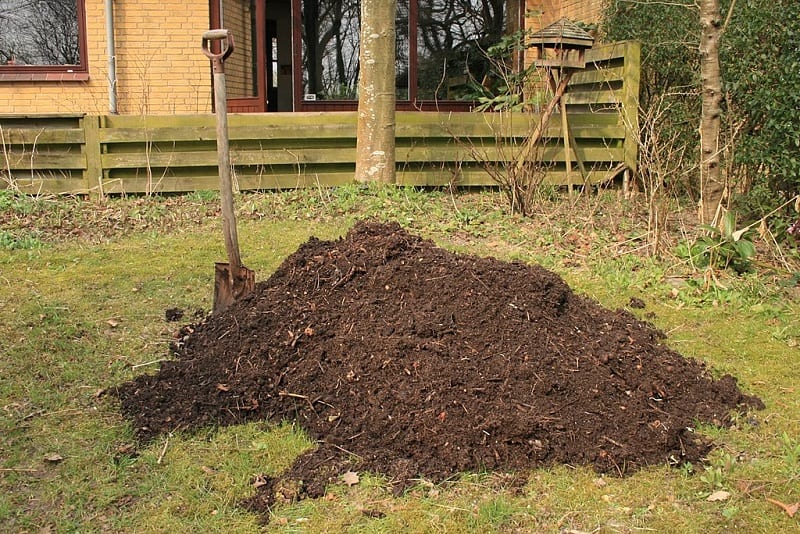
Some experts recommend turning compost piles every 5 days or so. You don’t have to follow a strict schedule but you should do it regularly.
Your compost is ready to be applied to your garden beds once the heap feels and smells like rich, dark soil. You should not be able to recognize any of the materials originally mixed into the pile.
Once applied to garden beds, the compost enriches your soil as it continues to break down gradually.
Different Composting Methods
Home composting is an effective way to recycle organic waste and create nutrient-rich soil for plants. The method you choose depends on your space, climate, and how quickly you want finished compost. Some techniques require more effort, while others take a hands-off approach. Understanding the different composting methods can help you find the best fit for your needs.
Hot composting
This method speeds up decomposition by maintaining a high internal temperature in the compost pile. A well-managed hot compost pile reaches temperatures between 130°F and 160°F, breaking down materials faster and killing weed seeds and pathogens. It requires a good balance of green (nitrogen-rich) and brown (carbon-rich) materials, regular turning, and proper moisture levels. If you need compost in a short time, this is an excellent option for home composting.
Cold composting
Unlike hot composting, this method takes a slower, natural approach. Organic materials break down gradually over several months or even years with minimal maintenance. Cold composting works well for those who don’t have time to turn a pile regularly. It’s a great way to compost yard waste and kitchen scraps without much effort. However, since temperatures remain lower, some seeds, bacteria, or pests might survive.
Vermicomposting
This composting method relies on worms to break down organic waste into nutrient-dense castings. Red wigglers are the most commonly used worms for this process. Vermicomposting is ideal for small spaces, making it perfect for home composting in apartments or homes without a yard. A worm bin can be kept indoors or outdoors as long as the temperature stays between 55°F and 77°F. It’s a great way to create high-quality compost for gardens and houseplants.
Bokashi composting
This anaerobic composting method ferments food waste using special microbes. It works differently from traditional composting because it requires an airtight container and a sprinkle of Bokashi bran, which contains beneficial bacteria. Bokashi composting is an excellent choice for handling dairy, meat, and oily food scraps—items that usually don’t belong in a traditional compost bin. The fermented material must be buried in the soil to complete the breakdown process, making it a good option for people with limited space.
Trench composting
One of the simplest composting methods, trench composting involves digging a hole or trench and burying organic waste directly into the soil. The materials break down underground, enriching the soil without the need for turning or maintenance. This method is beneficial for garden beds and reduces the risk of pests and odors. It’s a low-maintenance approach that works well for anyone looking for an easy way to compost food scraps.
Tumbler composting
A compost tumbler is a rotating bin that makes turning compost easy. This method helps speed up decomposition by introducing oxygen and keeping materials evenly mixed. It’s a great choice for people who want quick results without the hassle of manually turning a pile. Tumblers also help contain odors and keep pests away, making them ideal for urban home composting.
Each composting method has its advantages, and the best choice depends on your lifestyle and available space. Whether you have a backyard or live in an apartment, there’s a composting solution that can help you turn waste into nutrient-rich soil for your plants.
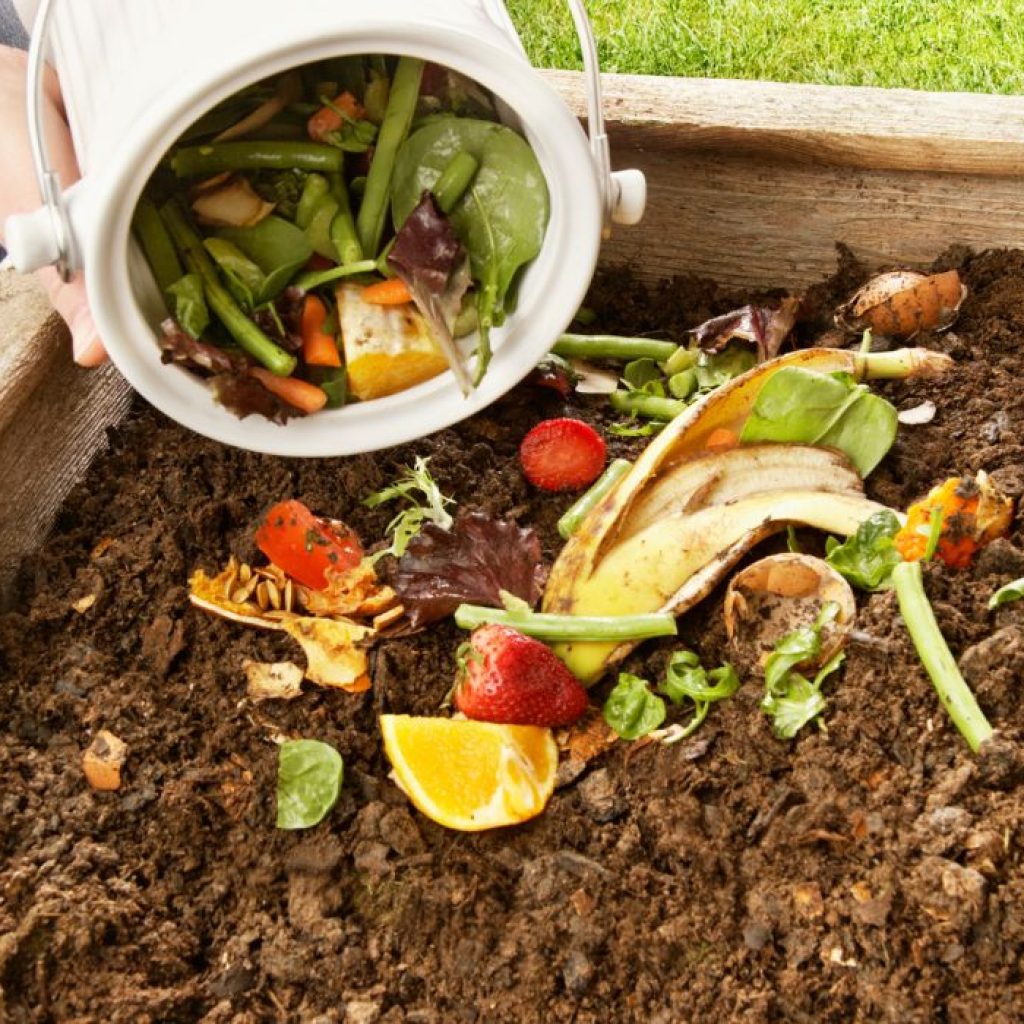
Composting in Small Spaces
Home composting isn’t just for people with large backyards. Even if you live in an apartment or have limited outdoor space, you can still turn food scraps and organic waste into nutrient-rich compost. The key is choosing the right method and managing it properly to avoid odors and pests. Whether you have a balcony, a small patio, or no outdoor space at all, there’s a composting solution for you.
Vermicomposting: The Best Indoor Option
Vermicomposting, or composting with worms, is one of the most effective ways to compost indoors. Red wigglers process food scraps quickly, creating high-quality compost without strong odors. A small worm bin fits under a kitchen sink, in a closet, or on a balcony. To prevent smells, avoid overfeeding the worms and keep the bin well-ventilated. This method is perfect for home composting when outdoor space is unavailable.
Bokashi Composting: A Compact, Odor-Free Choice
Bokashi composting is an anaerobic method that ferments food waste in a sealed container. Unlike traditional composting, it can handle dairy, meat, and oily foods. The process requires a special Bokashi bran, which introduces beneficial microbes. The fermented waste can then be buried in soil or added to a compost pile. Because it’s airtight, there’s no bad smell, making it ideal for small apartments.
Composting in a Tumbler or Sealed Bin
For those with a small patio or balcony, a compost tumbler or sealed compost bin works well. Tumblers make it easy to turn the compost by rotating the drum, which speeds up decomposition. If a tumbler is too large, a compact compost bin with aeration holes can work just as well. These options keep pests away and control odors, making them convenient for home composting in tight spaces.
Trench Composting for Small Gardens
If you have a small yard or raised garden bed, trench composting is an excellent solution. This method involves digging a small hole or trench and burying food scraps directly in the soil. It requires no bin or container and allows nutrients to enrich the soil naturally. This technique works well for small-space gardeners who want to compost discreetly.
Community Composting: An Alternative for City Dwellers
If indoor composting isn’t an option, many cities and neighborhoods have community composting programs. Some farmer’s markets, community gardens, and compost drop-off sites accept food scraps. This is a great way to practice home composting without managing a bin yourself.
Even in a small space, composting is possible with the right approach. Whether you use a worm bin, a Bokashi bucket, or a sealed compost bin, you can reduce waste and create valuable compost for plants. With so many compact composting options available, anyone can contribute to a more sustainable lifestyle, no matter where they live.
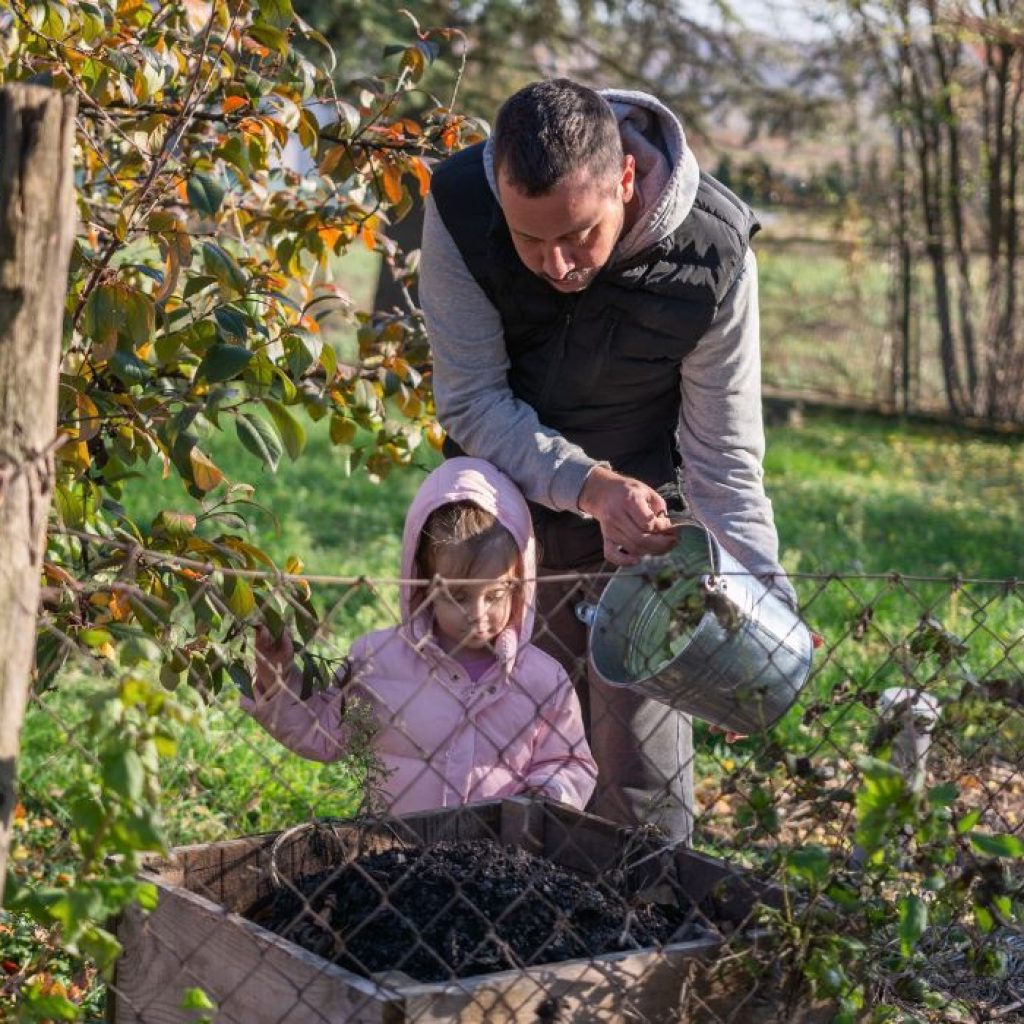
Common Composting Mistakes & How to Fix Them
Home composting is simple, but small mistakes can slow down decomposition, create unpleasant odors, or attract pests. Understanding common composting errors and how to fix them will help you maintain a healthy, efficient compost pile or bin.
Adding the Wrong Materials
Not everything belongs in a compost pile. Meat, dairy, and oily foods can attract pests and produce strong odors. Diseased plants, chemically treated grass clippings, and pet waste should also be avoided. These materials can introduce harmful bacteria or slow decomposition.
How to Fix It: Stick to plant-based kitchen scraps, coffee grounds, eggshells, yard waste, and shredded paper. If you want to compost meat or dairy, use a Bokashi system, which ferments food scraps in an airtight container without attracting pests.
Unbalanced Green and Brown Ratio
Composting requires the right balance of nitrogen-rich green materials (fruit and vegetable scraps, grass clippings) and carbon-rich brown materials (dry leaves, cardboard, wood chips). Too many greens cause a slimy, smelly pile, while too many browns slow decomposition.
How to Fix It: Aim for a mix of two parts brown to one part green. If your compost is too wet and smelly, add more browns. If it’s too dry and not breaking down, add more greens and a little water.
Neglecting to Turn the Pile
Oxygen is essential for decomposition. A compost pile that isn’t turned regularly can become compacted, leading to anaerobic conditions that cause foul odors and slow breakdown.
How to Fix It: Turn your pile every 5–7 days with a pitchfork or shovel to keep air circulating. If using a compost tumbler, rotate it a few times each week. If you prefer a low-maintenance approach, try trench composting, which doesn’t require turning.
Letting the Pile Get Too Dry or Too Wet
Compost needs the right amount of moisture to decompose efficiently. A dry pile will stall decomposition, while a wet pile can become soggy and start smelling like rotten eggs.
How to Fix It: Your compost should be damp, like a wrung-out sponge. If it’s too dry, add water gradually while mixing. If it’s too wet, mix in dry leaves, shredded cardboard, or straw to absorb excess moisture.
Composting in the Wrong Location
Placing a compost bin in full shade can slow decomposition, while placing it in direct sunlight can dry it out too quickly.
How to Fix It: Choose a partially shaded spot where the pile stays warm but doesn’t dry out too fast. If you only have a shaded area, insulate your pile with a cover to retain heat.
Ignoring Pest Prevention
Rodents and insects are drawn to exposed food scraps and improperly managed compost piles.
How to Fix It: Bury fresh food scraps under a layer of brown material, such as dry leaves or shredded paper. Use a compost bin with a secure lid, and avoid adding meat, dairy, or greasy food.
Avoiding these common mistakes will make home composting more efficient and enjoyable. A well-maintained compost system turns waste into valuable soil without odors, pests, or unnecessary effort.
Conclusion
Compost is one of nature’s best mulches and soil amendments. Most gardeners know the value of this rich, dark, crumbly gardening material. Composting, after all, is a part of the effort to ensure a healthy environment for both plants and people.
Understanding how to make and use compost is in the public interest. The problem of waste disposal continues to grow worldwide and we are all beginning to feel its consequences one way or another.
You don’t need a large amount of material to start your own compost heap. You don’t have to start your pile the way we just explained, either. Once you start composting, you’ll likely develop a system that works best for you.
Are you taking care of chickens at home? Take advantage of your flock with our guide on creating fertilizer from chicken manure!

